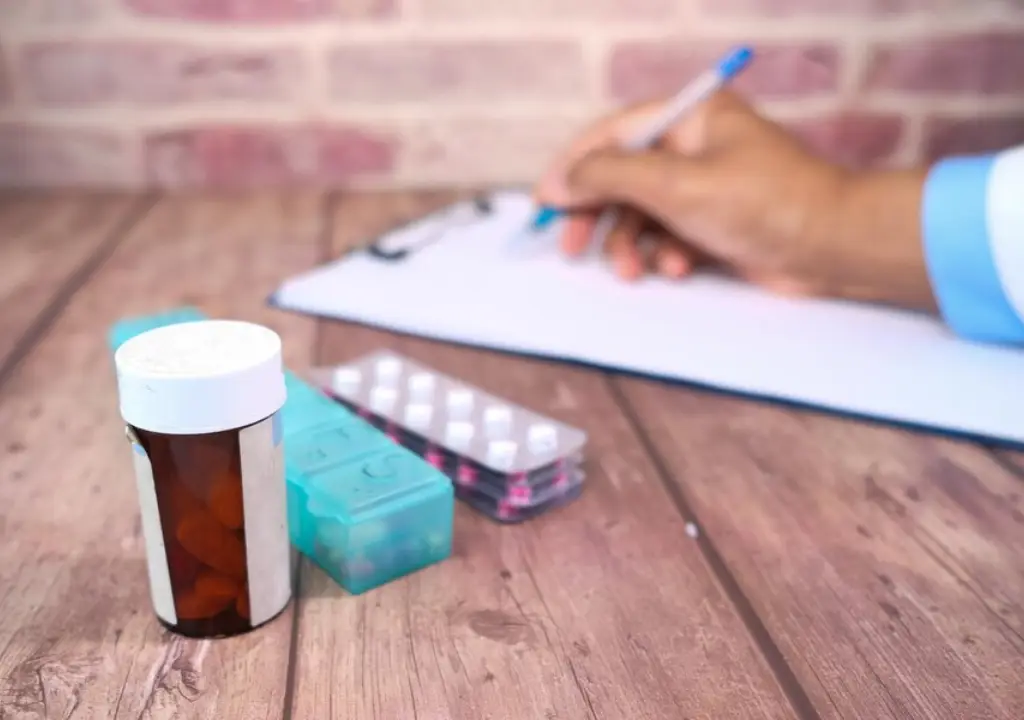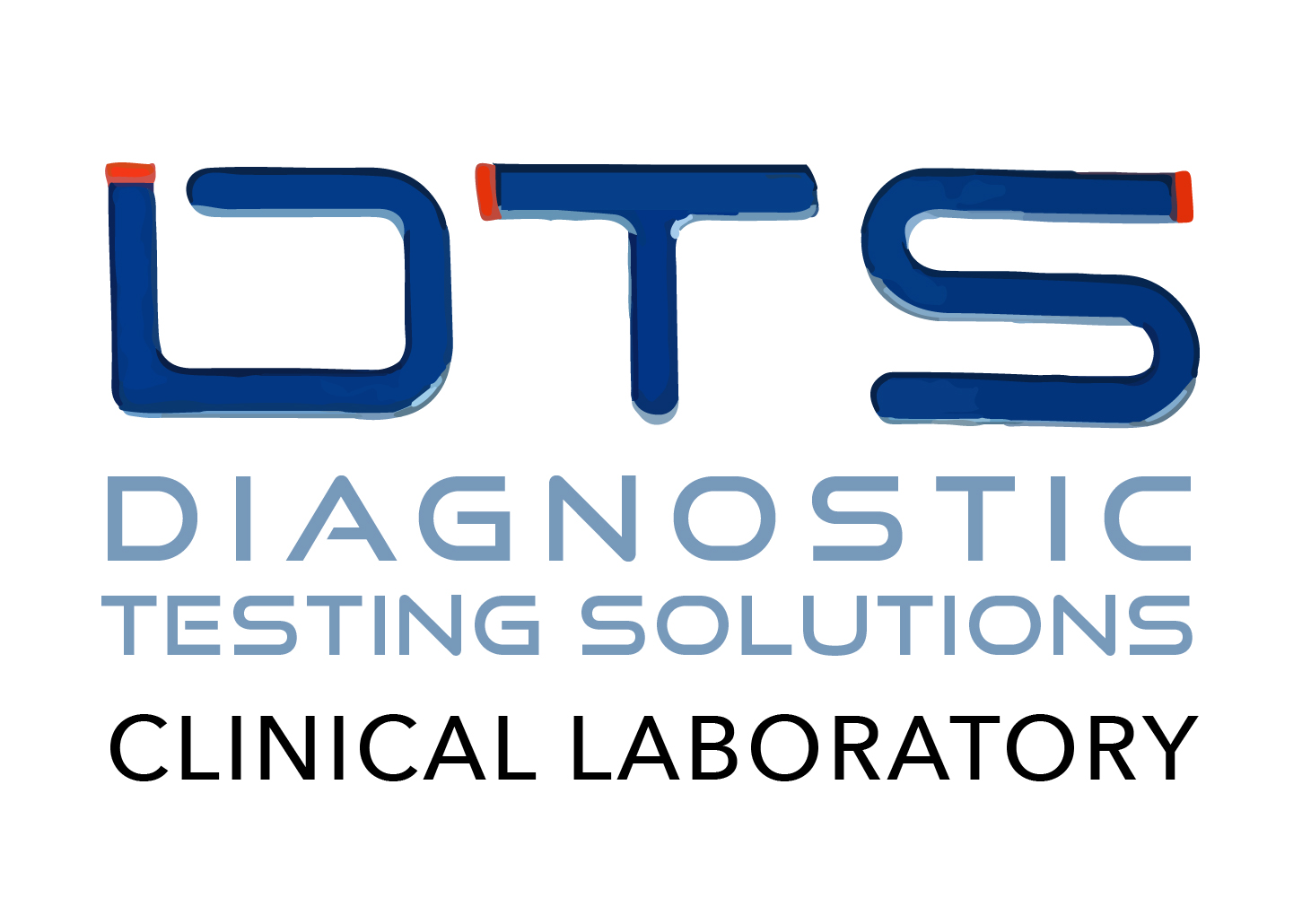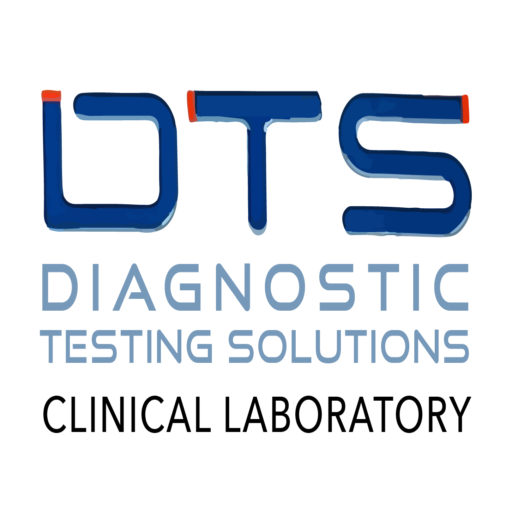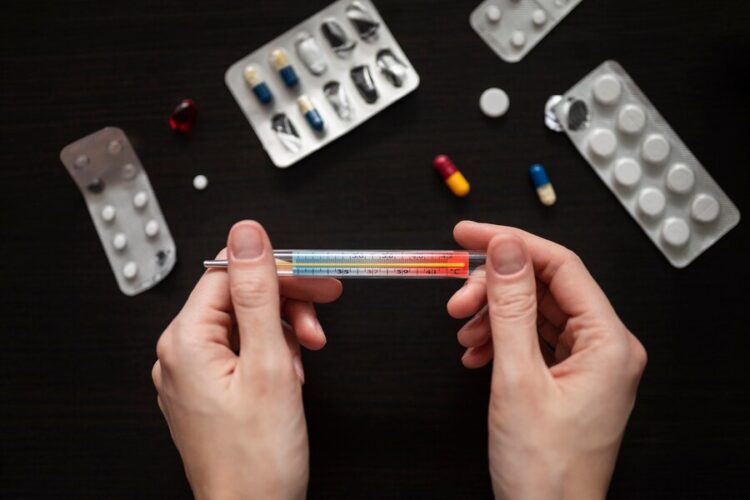
Introduction to Drug and Alcohol Testing
Drug and alcohol test involves analyzing biological samples to detect the presence of drugs or alcohol in a person’s system. This testing is essential for ensuring workplace safety, compliance with regulations, and a drug-free environment.
Testing methods can include various sample types, such as urine, hair, saliva, and blood, each with specific uses, detection windows, and accuracy levels. These tests help identify impairment or substance abuse, which can negatively impact performance, safety, and overall workplace culture.
Importance of Drug and Alcohol Tests
Drug and alcohol tests are critical in promoting safety and wellness in various settings, particularly in the workplace. These tests are necessary to comply with legal standards and protect employees and the public. They serve as an effective deterrent against substance abuse and provide a structured approach to handling incidents related to drug or alcohol misuse.
Ensuring Workplace Safety:
Regular testing helps identify individuals under the influence, preventing accidents, injuries, and other safety hazards, especially in safety-sensitive occupations like transportation, construction, and healthcare. Even minor impairment can lead to severe consequences in these environments, making testing a proactive step toward accident prevention.
Enhancing Employee Wellness Programs:
Substance abuse testing is often integrated into employee wellness programs to identify potential health issues and provide necessary support and intervention. This approach ultimately contributes to a healthier and more productive workforce. Employers can offer resources such as counseling and rehabilitation, helping employees overcome substance-related challenges and return to optimal performance.
Common Scenarios for Drug and Alcohol Testing
Drug and alcohol tests are implemented in various situations, each serving a specific purpose tailored to the organization’s needs and legal requirements. Understanding the common ways to test for drugs and alcohol helps ensure the right approach is used for each scenario, from pre-employment screenings to random workplace checks or post-accident investigations. These tests help maintain a safe and compliant environment, whether it’s through urine, blood, hair, or breath testing methods.
Pre-Employment Drug Screening:
Employers conduct drug and alcohol screenings as part of the hiring process to ensure that prospective employees are free from substance abuse issues. This screening helps maintain a drug-free workplace, reducing the risk of hiring individuals who may pose safety or productivity challenges.
Random Drug Testing in the Workplace:
Random tests help maintain ongoing compliance and deter substance use among current employees. These tests are particularly effective in maintaining high safety standards and ensuring that employees remain accountable for their actions.
Compliance Testing:
Federally regulated industries, such as transportation, are often required to conduct regular drug and alcohol tests to comply with laws and regulations designed to protect public safety. Failure to comply can lead to legal repercussions, fines, and potential loss of operating licenses.
Different Types of Drug and Alcohol Tests
Several methods are used to detect drugs and alcohol in the body, each with its advantages, limitations, and detection windows. The choice of test often depends on the specific needs of the testing program and the substances being monitored.
- Urine Drug Test: The most common method is urine tests, which detect a wide range of drugs and their metabolites. It’s widely used due to its ease of collection, cost-effectiveness, and ability to detect recent drug use. Urine tests are a reliable tool for both pre-employment and random testing programs.
- Hair Drug Test: This method offers a longer detection window and can identify drug use over several months, making it ideal for detecting chronic use. Hair testing is less susceptible to tampering and provides a more comprehensive history of an individual’s drug use.
- Saliva Drug Test: Saliva tests are less invasive and can detect recent drug use, making them suitable for on-the-spot testing in workplaces. They are especially useful for identifying drug use within a short timeframe, such as within a few hours to a couple of days.
- Blood Alcohol Test: Blood tests measure the amount of alcohol in the bloodstream, providing accurate results, especially in legal and medical scenarios. These tests are typically used in post-accident investigations or when precise measurement of blood alcohol content (BAC) is necessary.
Drug and Alcohol Screening Methods
Drug and alcohol tests can vary depending on the sample type and the specific substances being tested. Each method offers unique advantages and applications, making it important to choose the right type of test for the situation.
Alcohol Breath Test:
Commonly known as the breathalyzer, this test measures alcohol levels in the breath and provides immediate results. It’s widely used in roadside checks, workplace settings, and situations where quick results are essential.
Oral Fluid Test:
An alternative to urine testing, oral fluid tests can detect drugs quickly and are often used in random drug testing protocols. They are effective for detecting recent drug use and are convenient due to their noninvasive nature.
Evidential Breath Alcohol Testing (EBAT):
A specialized form of breathalyzer used in legal and professional settings, providing highly accurate and admissible results. EBAT is often used in compliance testing where legal proof of alcohol impairment is required.
Drug Test Methods and Their Accuracy
The accuracy of a drug test depends on the type of test, the substances being tested, and the detection sensitivity. Accurate testing is crucial for making informed decisions based on the results.
- Detection Sensitivity: Tests are designed to identify specific drug metabolites, which are byproducts of the body’s drug processing. Sensitivity varies by test type, with some tests capable of detecting minute traces of substances.
- Drug Metabolites Detection: This process helps ensure the test accurately reflects recent drug use rather than residual effects from past consumption. Advanced testing techniques can distinguish between new and older drug use, providing a clearer picture of the individual’s current state.
Urine Drug Test: Most Common Method
Urine drug tests are the most widely used for detecting drugs due to their reliability, ease of use, and ability to detect a broad range of substances.
- Procedure and What it Detects: The individual provides a urine sample, which is then tested in a lab to identify traces of drugs like marijuana, cocaine, amphetamines, and opioids. This method is known for its rapid processing times and extensive substance detection capabilities.
- Detection Window and Accuracy: Urine tests can detect recent drug use, typically within days of consumption, and are considered highly accurate when conducted properly. Adherence to strict testing protocols ensures the reliability of results.
Hair Drug Test: Extended Detection Window
Hair drug tests provide a longer-term view of drug use, detecting substances that have been consumed over the past three months.
- How Hair Drug Testing Works: Drugs enter the hair follicle through the bloodstream, making it possible to detect a history of use over a longer period than other tests. This method is particularly useful for identifying long-term or repeated substance use.
- Substances Detected and Time Frame: Hair tests can identify the use of drugs such as marijuana, cocaine, methamphetamine, and prescription medications over three months. The extended detection window makes hair testing ideal for monitoring chronic use rather than occasional consumption.
Saliva Drug Test: Quick and Noninvasive
Saliva tests are often used for their convenience and ability to detect recent drug use.
- Use in Workplace Drug Testing: Saliva tests are popular for random drug testing in workplaces due to their noninvasive nature. They provide quick results without needing privacy, making them an efficient choice for on-the-spot testing.
- Detection of Recent Drug Use: Saliva tests are effective at identifying drugs used within the past few hours to a couple of days. They are commonly used in industries where immediate identification of impairment is crucial.
Blood Alcohol Test: Measuring Alcohol Levels
Blood tests primarily measure alcohol levels, especially when precise measurements are required, such as in legal or medical contexts.
- How Blood Alcohol Tests Work: A blood sample is drawn and analyzed to determine the alcohol level, providing highly accurate results. This method is often used in post-accident investigations or when there are legal implications related to alcohol consumption.
- Scenarios for Usage: Blood alcohol tests are often used in DUI cases, workplace incidents, and post-accident investigations. Their accuracy makes them a trusted option for cases that require detailed evidence of impairment.
Alcohol Breath Test: Common Workplace Test
Breath tests are the go-to method for measuring blood alcohol concentration in workplaces and roadside checks.
- How Alcohol Breathalyzers Work: The device measures the amount of alcohol in the breath and converts it to an estimate of blood alcohol level. Breathalyzers are widely used because they are portable, easy to administer, and provide instant results.
- Legal Implications: Breathalyzer results are often used in legal settings, and refusal to take the test can result in legal penalties. Employers and law enforcement agencies rely on breathalyzer tests to uphold safety standards and enforce regulations.
Chain of Custody in Drug and Alcohol Testing
Maintaining the chain of custody is critical in drug and alcohol testing to ensure the integrity of the test results.
- Importance in Maintaining Test Integrity: Chain of custody protocols track the handling of samples from collection to analysis, preventing tampering or adulteration. These protocols are essential for preserving the validity of test results, especially in legal or regulatory contexts.
- Preventing Adulteration of Test Samples: Proper procedures help ensure that samples are not contaminated, swapped, or compromised. Maintaining strict chain-of-custody procedures minimizes the risk of sample tampering, ensuring that test outcomes are reliable.
Drug and Alcohol Panel Testing
Panel testing involves testing for multiple drugs at once, often including both standard and synthetic drugs.
- Standard vs. Expanded Panels: Standard panels test for common drugs, while expanded panels can include additional substances like synthetic cannabinoids or opioids. These panels are designed to meet the needs of specific testing programs, whether for routine screenings or comprehensive substance detection.
- Synthetic Drug Testing and Compliance: Synthetic drugs pose a challenge due to constantly evolving formulas, making expanded testing crucial for comprehensive screening. Employers must stay updated on the latest testing technologies to screen for newer synthetic substances effectively.
Workplace Safety and Drug Testing
Drug and alcohol testing is a cornerstone of workplace safety, particularly in environments where employees’ impairment could have serious consequences.
Testing helps to identify and address substance abuse issues that could endanger employees and others. By maintaining stringent testing policies, companies can protect their workforce and reduce the risk of workplace accidents.
Employers must navigate complex legal frameworks to ensure their testing policies are compliant and fair. Adhering to legal standards ensures that testing procedures respect employee rights while maintaining safety.
Substance Abuse Testing in Employee Wellness Programs
Substance abuse testing is increasingly integrated into employee wellness programs to promote health and safety.
Role in Supporting Employee Health and Safety: Regular testing can help identify at-risk individuals and provide support before problems escalate. Programs that include substance abuse testing can offer interventions that contribute to long-term employee health.
Benefits for Employers and Employees: Promoting a drug-free workplace can reduce accidents, improve productivity, and enhance employee well-being. Employees benefit from a safer work environment and access to resources that support their health and professional growth.
Conclusion:
Drug and alcohol testing is essential for maintaining workplace safety, compliance, and employee health. Employers can identify substance use that may affect safety and productivity by utilizing various testing methods like urine, hair, saliva, and blood tests. These tests are crucial, particularly in safety-sensitive jobs, where impairment can have serious consequences. By ensuring employees meet legal and regulatory standards, companies can create a safer, more productive work environment.
Incorporating testing into workplace policies shows a commitment to employee wellness and proactive risk management. However, understanding mistakes to avoid when conducting drug tests – such as improper procedures or outdated methods is vital. Ensuring accuracy, maintaining confidentiality, and following proper protocols help avoid legal issues and ensure fair testing practices.
FAQ’s
Why do drug and alcohol testing?
Drug and alcohol testing is conducted to ensure workplace safety, compliance, and productivity. These tests help detect substance use that can impair performance, lead to accidents, and violate company policies or legal standards, particularly in safety-sensitive jobs.
What does an alcohol test for?
An alcohol test measures the level of alcohol (ethanol) in the body. Common tests include breath, blood, urine, and saliva tests, which can determine if someone is under the influence of alcohol at a given time, providing immediate results for workplace or legal use.
What tests can be performed to detect drugs in drinks?
Tests like spot test kits, lab analysis, and advanced techniques such as gas chromatography-mass spectrometry (GC-MS) can be used to detect drugs in drinks. These tests are sensitive enough to detect trace amounts of drugs, such as date rape drugs (e.g., Rohypnol, GHB), often undetectable by basic visual or taste inspection.
What is the best method of drug testing?
The best drug testing method depends on the purpose. Urine tests are the most common and cost-effective, while hair tests provide a longer detection window. Blood tests offer high accuracy for recent use, and saliva tests are best for on-the-spot detection of current impairment.
What drugs can drug tests detect?
Drug tests can detect a wide range of substances, including marijuana, cocaine, opioids, amphetamines, benzodiazepines, methamphetamine, barbiturates, synthetic cannabinoids, and alcohol. Detection depends on the type of test and the substances targeted in the testing panel.
What is the most common drug test?
The most common drug test is the urine drug test. It is widely used due to its ability to detect a broad range of substances, ease of administration, cost-effectiveness, and quick results, making it suitable for pre-employment, random, and post-accident testing.
What is checked during a drug test?
During a drug test, biological samples such as urine, saliva, blood, or hair are checked for the presence of drugs and their metabolites. The specific substances tested depend on the panel used, which can range from basic (e.g., 5-panel) to expanded options that include synthetic drugs.






